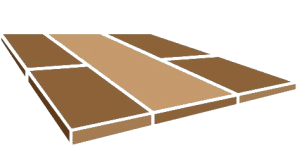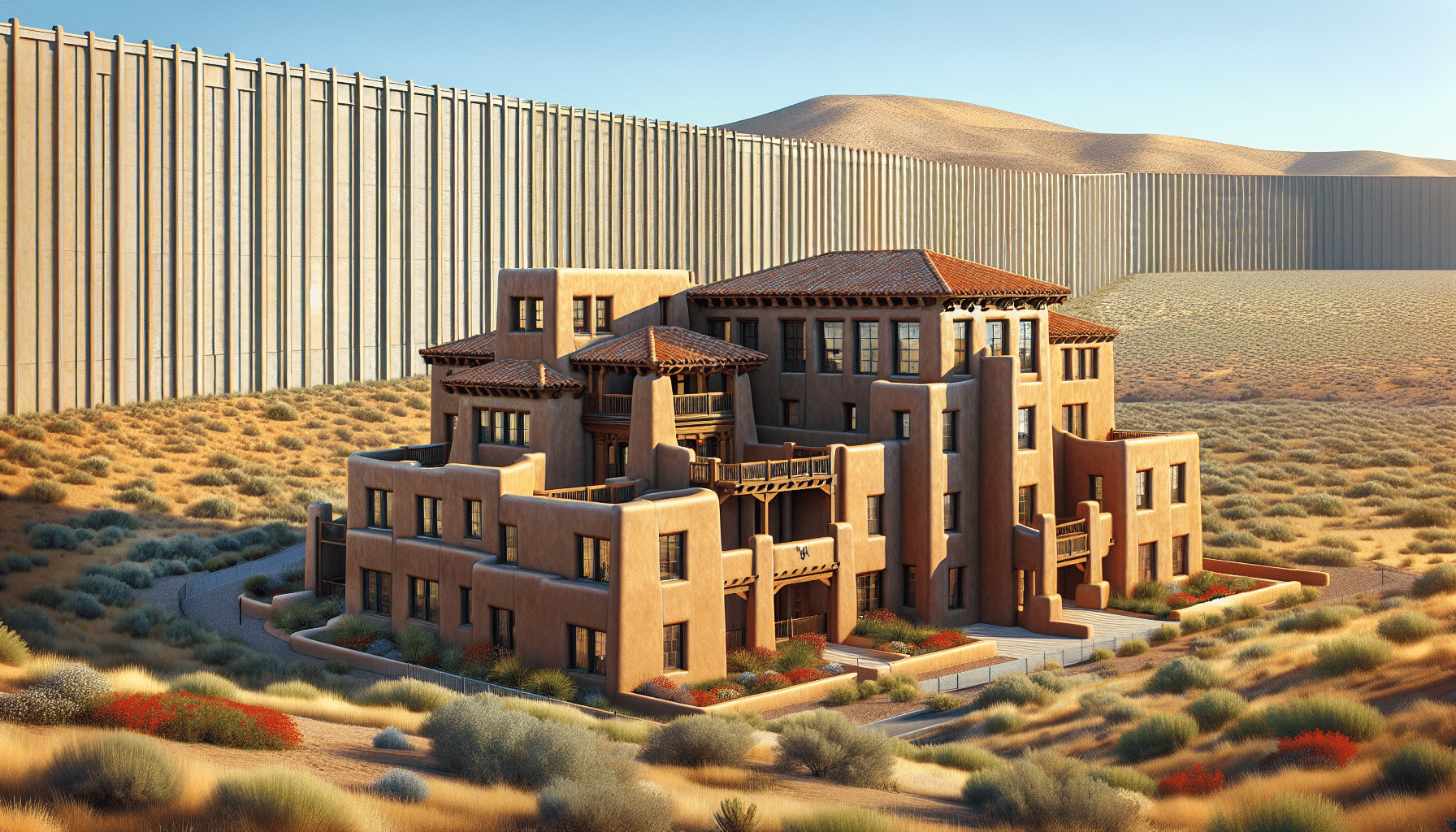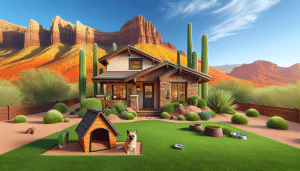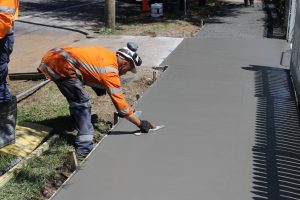Building retaining walls can solve soil erosion and create stunning outdoor spaces, but it can be a daunting task for homeowners. At Gilbert Paver Company, we know just how crucial a well-built Retaining Wall is. This guide will help you understand everything you need to create a strong, lasting retaining wall that suits your home’s needs. Let’s dive in and transform your landscape!
Contents
- 1 Understanding Retaining Walls
- 2 Types of Materials for Retaining Walls
- 3 The Importance of Drainage
- 4 Planning Your Retaining Wall
- 5 Tools and Supplies You’ll Need
- 6 Steps to Building a Retaining Wall
- 7 Building Multiple Tiers
- 8 Ensuring Structural Integrity
- 9 Adding Finishing Touches
- 10 Maintenance and Upkeep
Understanding Retaining Walls
Retaining walls are essential structures designed to hold back soil and maintain different levels in your landscape. These walls prevent soil erosion and make hilly or uneven terrain more functional and attractive.
When built correctly, retaining walls can add significant value to your property. They offer both practical benefits and aesthetic enhancements, turning your yard into a beautiful, organized space.
Types of Materials for Retaining Walls
Choosing the right material for your retaining wall is crucial. Various materials come with their own set of advantages. Common materials include concrete blocks, natural stone, and wood.
Concrete blocks provide extreme durability and flexibility. Natural stone offers a timeless, elegant look but at a higher cost. Wood is affordable and easy to work with but may require more maintenance over time.
The Importance of Drainage
Proper drainage is vital for the longevity of your retaining wall. Water accumulation behind the wall can lead to increased pressure and eventual failure.
Incorporating a drainage system ensures that water can escape. This reduces the risk of cracks, bulging, and other structural issues down the line.
Planning Your Retaining Wall
Before you start building, detailed planning is necessary. Consider the wall’s purpose, height, materials, and design.
Understanding local building codes and regulations is also crucial. These rules can affect the wall’s height, location, and construction methods.
Tools and Supplies You’ll Need
- Shovel and Pickaxe: Essential for digging the trench and leveling the ground.
- Level: Ensures each layer of your wall is even and stable.
- Gravel: Acts as a base layer and aids in drainage.
- Geogrid: Provides additional stability for taller walls.
- Hammer and Chisel: Useful for shaping and fitting the materials.
Steps to Building a Retaining Wall
Let’s get to the fun part! Begin with marking the area where your wall will be constructed. Dig a trench for the wall’s foundation, making sure it is below the frost line.
Place a layer of gravel at the bottom of the trench. This will act as the base. Start laying the first row of blocks or stones, making sure each piece is level.
Building Multiple Tiers
If your landscape requires multiple tiers, start from the lowest level and work your way up. Multi-tiered walls help distribute weight and pressure more evenly.
Each tier should be set back slightly from the one below it. This creates a stepped appearance and offers added stability.
Ensuring Structural Integrity
For taller walls, integrate geogrid or other reinforcement materials to provide additional support. Geogrid helps tie the wall into the earth behind it.
Regularly check for levelness and stability as you build. Making adjustments during construction is easier than repairing a finished wall.
Adding Finishing Touches
Once your wall is constructed, it’s time to add those final touches. Consider planting flowers or adding decorative elements to enhance the appearance.
Applying a sealant can also help protect your wall from weather elements, extending its life and durability.
Maintenance and Upkeep
Even the most robust retaining walls need regular maintenance to stay in top shape. Inspect your wall annually for signs of wear and tear.
Address any small issues promptly to prevent them from becoming major problems. Keeping the drainage system clear of debris ensures its effectiveness.
Ready to transform your landscape with a durable retaining wall? Contact Gilbert Paver Company by phone # 480-534-9680 or Request a Free Quote.




